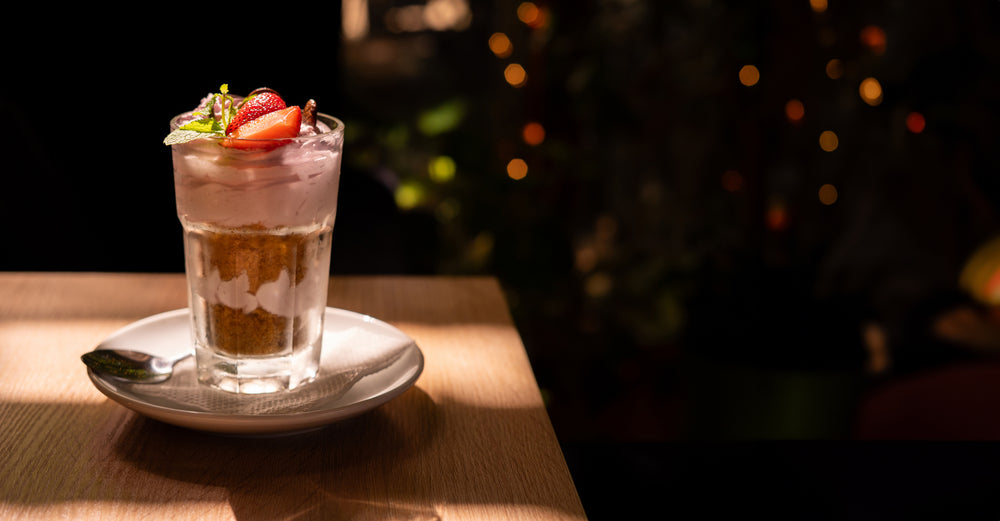Trifle is an easy-to-prepare layered dish that offers a burst of unique flavours and textures in just a single dessert. It is a lovely versatile dish that one can prepare according to their favourite ingredients or food items – the options are endless. Irrespective of the number of layers or the types of layers added, trifle will always be a comfort dessert that everyone loves.
A Layered History
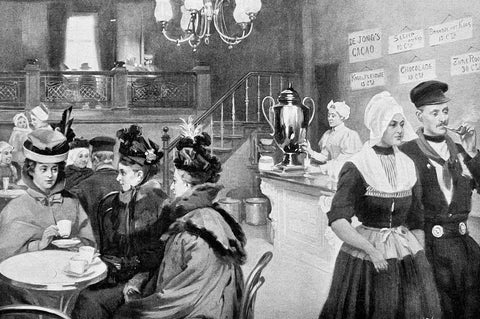
Trifles were created in the 18th century in Britain as a way to recycle leftover cake. People would layer the cake soaked in alcohol (traditionally sherry) in a bowl with fruit, custard, and jelly.
British settlers even brought these delectable treats to America, especially in the Southern coastal region. People in the South adored these decadent treats.
Despite having British roots, the word "trifle" is derived from the French word "trufe," which denotes something of minor importance. This is because trifle is very easy to make – all the ingredients are readily available in all kitchens.
The recipe for trifle first appeared in cookbooks sometime in the 16th century. The first recorded usage of the word 'trifle' was in a recipe from Thomas Dawson's 1585 book 'The Good Huswifes Jewell'. Initially, trifles were made with thick cream made with sugar, ginger, and rosewater.
It was not until the 1750s that trifles began to look like the ones we enjoy today. In the mid-18th century in England, two recipes for what we now call trifle were first seen. Both recipes called for wine-soaked biscuits, custard layers, and whipped syllabub froth on top. One book was published in 1752 in Hannah Glasse's named as 'The Art of Cookery Made Plain and Easy' in its fourth edition, and the other was written by an unidentified author and appeared in the book named 'The Whole Duty of a Woman.'
Since then, trifles have been a celebrated dessert loved by old and young alike. The British relish it and consider it a part of their traditional cuisine.
How to Prepare a Trifle?
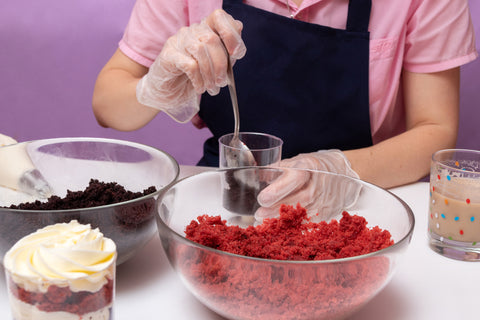
English Trifle
- 150g a day-old sponge cake or ladyfinger biscuits
- 3 tablespoons sherry or Madeira wine or brandy (or choice of your alcohol)
- 350g of fruit of your choice – strawberries, blackberries, cranberries, grapes, canned fruit salad, etc.
- 1 or 2 packs of jelly in the flavour of your choice
- 2 tablespoons sugar
- 4 egg yolks
- 450ml single cream
- 300ml double cream
- Fruit or sprinkles to decorate
- Vanilla extract or rosewater
Place the ladyfingers or the sponge cake in the bottom of a glass serving dish after breaking them into pieces. Pour the Madeira, brandy, or any alcohol over it and let it soak. Add a layer of fruit over it.
Prepare the jelly by following the instructions on the packet. Add ¾ layer of the prepared jelly on top of the fruit layer. The jelly will slowly make its way to the bottom. Place the container in the fridge for sometime, so the jelly can set, and then you can pour the remaining jelly over it and wait for the jelly to set. Add the vanilla essence of rosewater at this moment. Place the egg and cream mixture on medium flame and whisk continuously. Keep stirring until the mixture thickens – check if it coats the back of the spoon and remove it from heat. Make sure you stir it occasionally, even when it is cooling, or else it will form a skin.
Once cool, add the custard over the layer of jelly. The custard should be poured just an hour before you are about to serve. Whisk the double cream till it forms stiff peaks and spoon it over the custard. Finally, decorate it with more fruits, chocolate shavings, fruit sprinkles, or anything you like.
How to Serve Trifle?
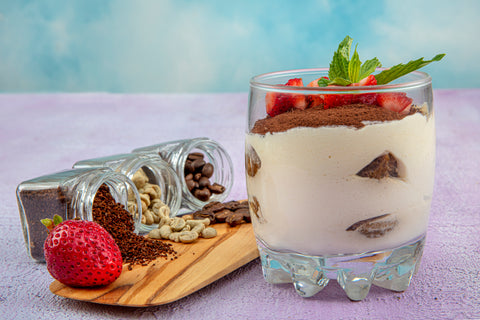
Trifles are perfect for gatherings, both big and small. Considering they can easily be sized up or down, they are often served in large-footed glass bowls or smaller deep glass bowls. Although it may be served in any type of dish, including ceramic ones, it tends to hide the colourful layers of the dish. They can be served with different types of toppings, including chocolate shavings, chocolate chips, fruits, cookie crumbs, some cake, nuts for a more crunchy taste, etc.
Did You Know?
The largest trifle was created by students at Nottingham, UK's Clarendon College of Further Education, on September 26, 1990. It weighed 3.13 tonnes (6,896 lb). Sherry accounted for 91 liters (20 gallons) of the trifle.
Where do you find the best trifle in Britain?
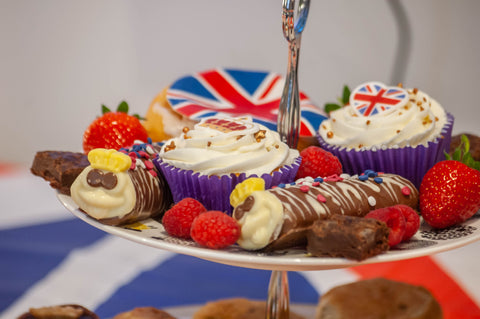
London – The capital city of the nation has a wide variety of eateries and classic British pubs that serve delicious trifles. For a taste of luxury, visit venerable places like The Ritz or Simpson's in the Strand.
Cornwall - Delightful trifles are available at Cornish cafes and restaurants in the picturesque seaside of Cornwall. Penzance's Cornish Kitchen is renowned for its delectable sweets, especially trifle.
Yorkshire – Yorkshire is well-known for its extensive culinary history and has several tearooms and bakeries where delicious trifles are prepared. Harrogate Bettys Café Tea Rooms are quite famous for trifles.
Oxford - Visit The Grand Café while exploring the historic city of Oxford. It is the oldest coffee shop in England and offers delicious trifle desserts.
Devon - Stop by the quaint tearooms and inns in Devon, such as The Old Forge in Chagford, to relish their trifles.
Cambridge - Visit The Copper Kettle, an authentic English tearoom, while you are in Cambridge and indulge in trifle.
Manchester - This dynamic city offers a wide range of gastronomic delights, and many eateries and cafes here serve delicious trifles. Visit The French at The Midland for a mouthwatering dessert of trifle.
Edinburgh - Trifle is a Scottish specialty known as 'Tipsy Laird'. This delicacy is available at many premium restaurants in Edinburgh, including The Witchery by the Castle.
These are just a few places mentioned. Britain is full of such lovely cafes and restaurants that serve delicious trifles.


 Christmas 2025
Christmas 2025
 Frozen Food
Frozen Food
 Baking
Baking
 Beans, Peas, Soups & Tins
Beans, Peas, Soups & Tins
 Biscuits, Crackers & Cookies
Biscuits, Crackers & Cookies
 Candy / Sweets
Candy / Sweets
 Crisps & Snacks
Crisps & Snacks
 Chemist / Pharmacy
Chemist / Pharmacy
 Desserts
Desserts
 Gravy, Stock & Paste
Gravy, Stock & Paste
 Haggis
Haggis
 Indian Sauces, Paste and Pickle
Indian Sauces, Paste and Pickle
 Jams & Preserves
Jams & Preserves
 Poppy Appeal
Poppy Appeal
 Pot Noodles & Super Noodles
Pot Noodles & Super Noodles
 Scone Mix
Scone Mix
 Gluten-Free / Free From
Gluten-Free / Free From
 Tea Accessories
Tea Accessories
 Teapot & Tea sets
Teapot & Tea sets
 Tea For One
Tea For One
 Sugar & Creamer
Sugar & Creamer
 Tableware
Tableware
 Serveware
Serveware
 Plates & Trays
Plates & Trays
 Bowls
Bowls
 Cups & Saucers
Cups & Saucers
 Mugs
Mugs
 Silverware
Silverware
 Dinnerware - Accessories
Dinnerware - Accessories
 Dinnerware - For Pets
Dinnerware - For Pets
 Victoria Eggs - Hand-Drawn UK Homeware
Victoria Eggs - Hand-Drawn UK Homeware
 Jewelry & Accessories
Jewelry & Accessories
 Sale
Sale
 Christmas Gifts
Christmas Gifts
